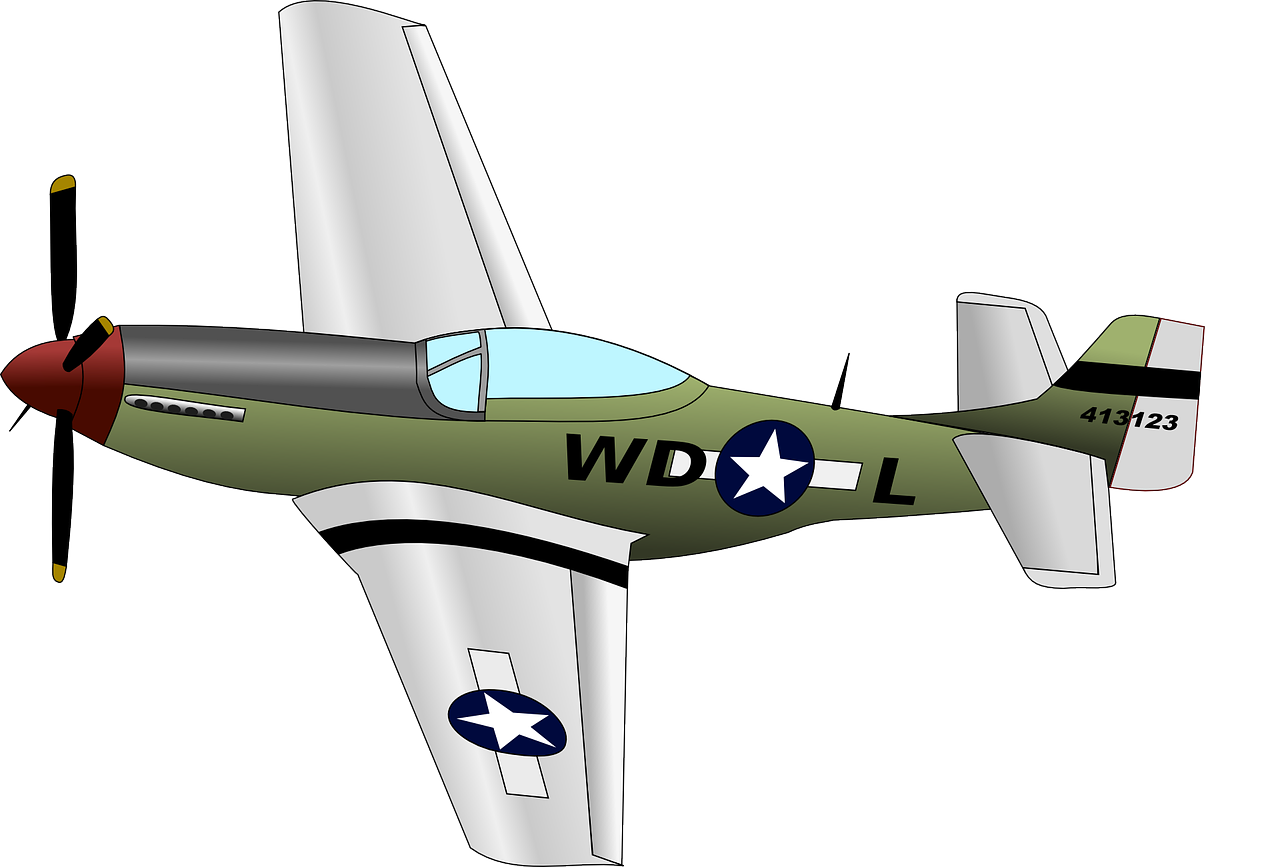The mid-20th century was a significant period for Vietnam as it began an active struggle for independence from the colonial powers. As the Cold War between the USSR and the US intensified, Vietnam became the place where the confrontation between the two ideological camps manifested its bloodiest forms.
The Vietnam War began in 1955 and lasted until 1975. This conflict involved not only mass vigil on the ground, but also intense aerial combat. The U.S. and its allies, faced with Vietnam’s stubborn resistance, including its air forces, made their mark on the history of the region.
The Historical Context category is an important starting point for understanding how the Vietnam Air War came to be and how it influenced subsequent developments in the region. It demonstrates how the influence of larger world forces, ideological contradictions, and the desire for independence came together in one of the most poignant and contrarian conflicts of the 20th century.


